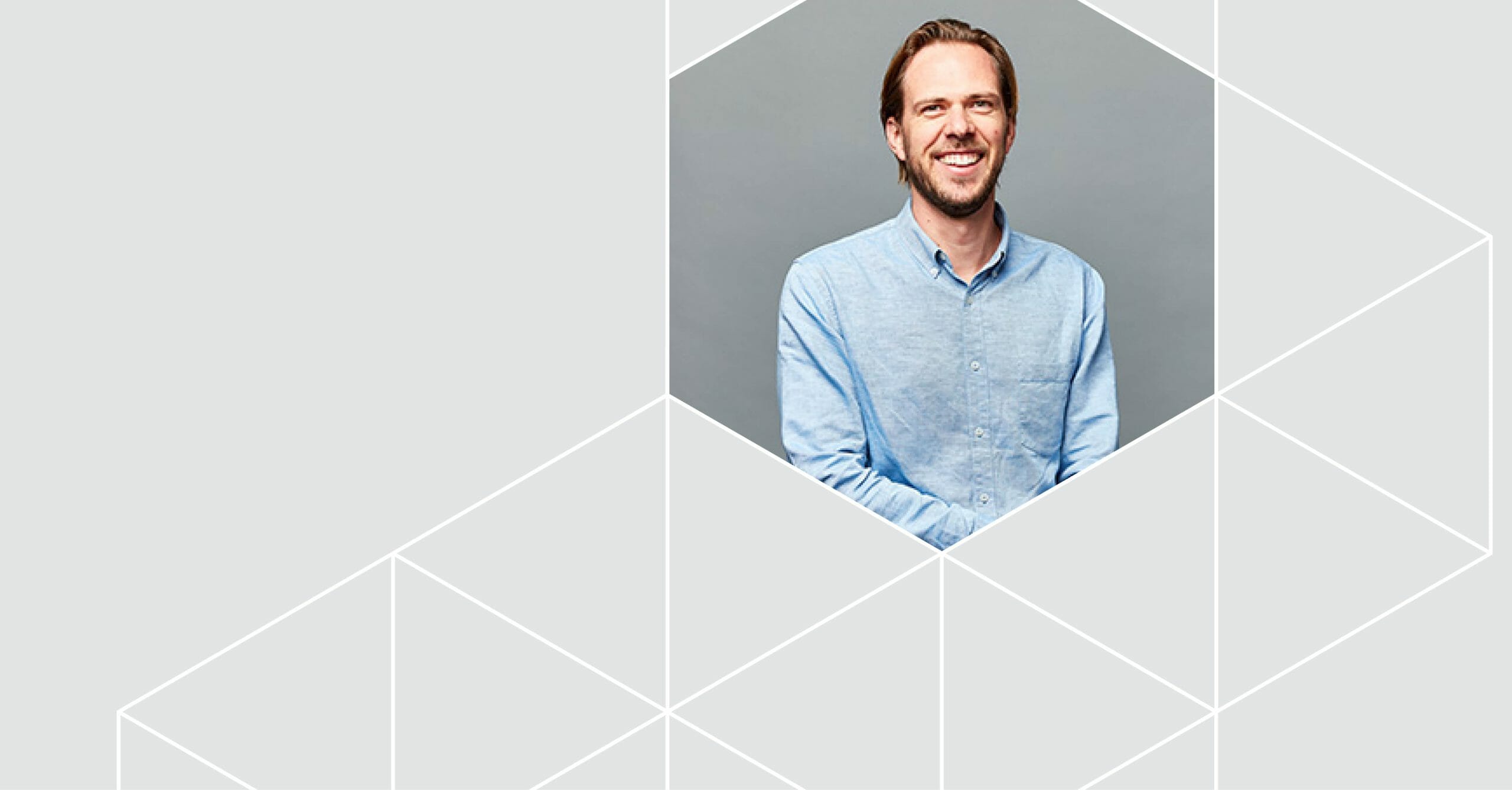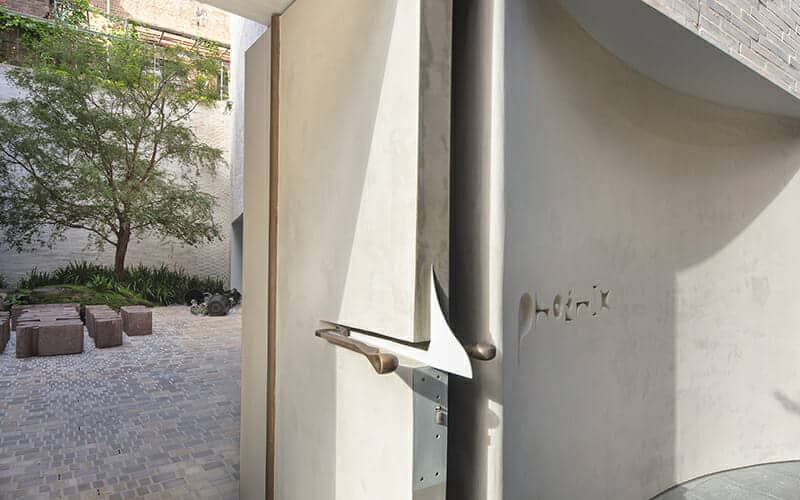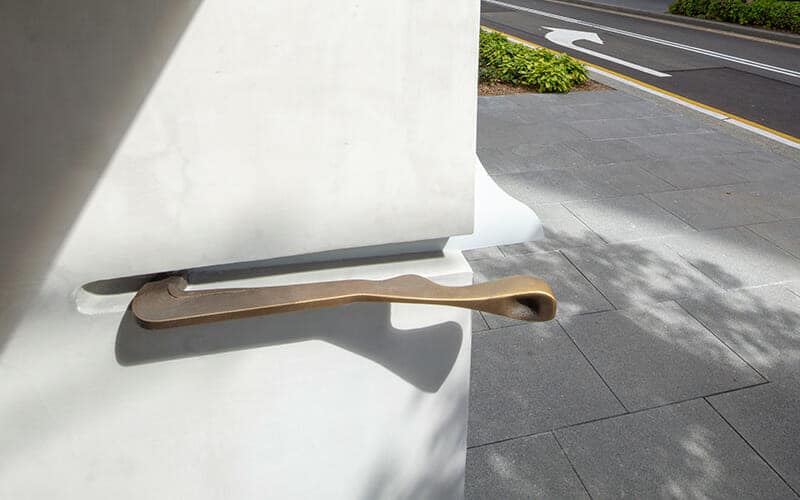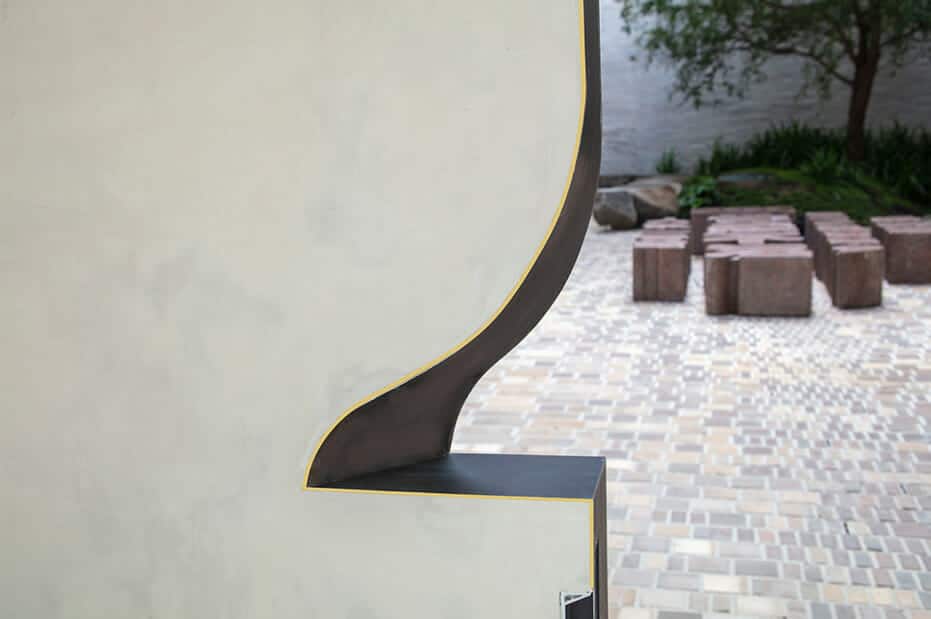-

-
Meet Tilt’s – Harry Janssen!
Harry’s role is Project Manager at Tilt, trained as a mechanical engineer with a passion for all things product design woven into architecture.
-
The story behind Harry’s combined interests in product design and architecture and how they transformed into one role.
Harry started his career working on high-end urban lighting products and with small startups developing quality product series. He then moved into large product design companies producing high-tech electrical products.
In 2015, Harry moved from the Netherlands to Australia, and was presented with a unique opportunity with Tilt, to bring two of his passions together into one career path.
Tilt’s expertise and passion for all things in the built environment aligned perfectly with Harry’s personal interests.
A typical day at Tilt for Harry:
“Working with a multidisciplinary team, each member is a specialist in their respective field. Our projects are unique and each brief brings us challenges,” Harry acknowledges.
Harry fosters a thriving teamwork environment and ensures that strategy is clearly defined while overseeing performance and maintaining morale for each project executed.
Managing projects across various sectors, from architectural product features, large-scale playgrounds, and high-level integrated public art to bespoke residential features, the broad multi-sector brings diverse networks and professional growth.
Harry’s ability to manage various project requirements and maintain ongoing responsibility for generating innovative, purposeful, and cost-effective design is exemplary!
The most remarkable project Harry has felt rewarded in at Tilt:
Award-winning Phoenix Central Park – managing and executing 25 bespoke product design features – Is a large stand-out, Harry articulates.
My favourite scope was the entry door, a central element of the Phoenix building, the finished aesthetic is beautiful, and the detail
-
and process that was involved were very complex. The outcome was a perfect combination of aesthetics and functionality.
The courtyard area also features elements such as the reveals, which detain the large format glass windows, and the Dome lintel (located centrally behind the main entry door).
The detail for the Dome lintel scope is hidden behind the brickwork and will never be seen.
The structural shell shape is organic in form. While hidden by the brickwork, it was a key achievement for both architect’s visions and desired outcomes.
-
Latest news and insights
-
Enquiries
New business — studio@tilt-industrialdesign.com
Careers — studio@tilt-industrialdesign.com
Press & media — marketing@tilt-industrialdesign.com
We acknowledge the Traditional Owners of Country throughout Australia and their continuing connection to land, waters and community. We celebrate the value and diversity of First Nations art forms, cultures and languages, and their ongoing significance today. We pay respect to Elders past and present.


